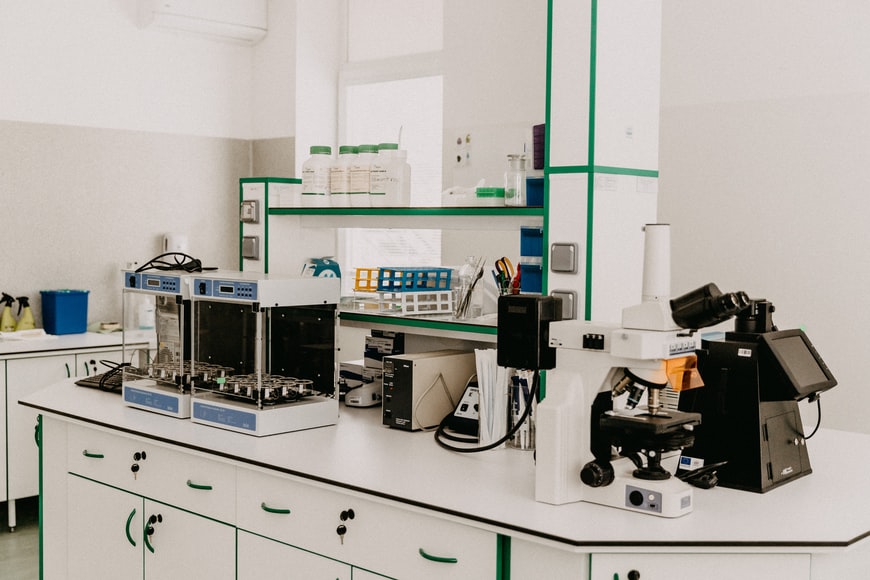How to Perform the FLIPR Assay Test

The FLIPR assay is used to determine the cellular response to a particular compound. The method uses two or three additions of the compound of interest.
The first addition contains buffer, and the second addition contains the maximal concentration of the drug. The result of the experiment can be assessed by examining the maximum calcium flux response. Some cell lines have variable response, and this variability should be evaluated before conducting the assay. The following are the steps for performing the FLIPR assay.
Steps Involved In The Flipr Assay Process
The first step in the FLIPR assay is to load the cells with a fluorescent dye that is compatible with Ca 2+. Next, choose the optimal cell density for the assay. In addition, you can determine the agonist concentration that best enables the signal. Finally, select the option to save FID files instead of FWD files. You can use the ion channel reagents to analyze G q coupling by loading cells with Fluo-3AM.
The second step in the FLIPR assay is to aliquot the cells into the appropriate V-well drug plate. The FLIPR assay requires about four hours of incubation in the appropriate cell culture medium. It has a detection limit of 0.5-2.0 mM. The optimal dye loading time can vary from 30 minutes to two hours. The optimal concentration of Fluo-3 depends on the cell line. However, low-concentration Fluo-3 has been found to be effective at lower concentrations.

The FLIPR assay kit contains a 96-well plate and assay buffer. The additional buffer is made up of two ml of 10x HBSS or 2 ml of 1 M HEPES. The sample is analyzed by measuring the height of the fluorescent reaction, and the response is measured in seconds. The assay can be repeated as many times as you want. Once you’ve completed the assay, you can perform the analysis.
The FLIPR assay is a highly sensitive way to detect the activity of ion channels in cells. The instrument measures changes in the membrane potential of the cell. It also determines which ion channels have the highest permeability. When the Ca2+ level is high, the fluorescent dye will increase intracellular calcium. The pH of the cell is also important, because calcium-rich ions are responsible for many disease pathologies.
Effective Use And Application
The FLIPR assay is highly sensitive and sensitivity. The method is based on a patented calcium dye that increases the signal-to-background ratio in cells with an organic anion transporter.
By combining a novel fluorophore and proprietary quench technology, the FLIPR assay kit provides a comprehensive method for the measurement of intracellular calcium. When using this kit, you can perform the analysis for multiple cell lines with different ion channels and with different ligands.
The FLIPR assay is a fast and reliable method for studying the interaction between two proteins. In the FLIPR assay, a GPCR is activated by intracellular calcium
. The FLIPR assay can distinguish Gq and Gi and can be used in many clinical settings. Its advantage over the other methods is that it has been proven to be more specific than other approaches. It can accurately detect the level of a protein and the amount of phospholipase in a cell.
Using the FLIPR assay, human neutrophils have been isolated from whole blood of donors. After being loaded with the fluo-loading dye, the cells were incubated with compounds that either enhance or inhibit the channel’s activity. Moreover, the FLIPR assay has been shown to have a high degree of sensitivity, with no toxicity. The assay is a valuable tool in the research of drug discovery and development.

How Is The Flipr Assay Used And Applied?
Using FLIPR assay, pregabalin and gabapentin were evaluated in vitro. Both drugs have structural similarity to GABA. Interestingly, they failed to induce a response in rat MrgD expressing cells.
Therefore, the ligands were tested in a standardized, homologous-specific manner. The results of the assay showed that the two compounds were not identical, and therefore, the differences were not very significant.
After performing the assay, the results were displayed in the table. The EC50 values of the two compounds were in the range of 1-4 M. The glycine EC50 value was greater than that of beta-alanine.
This means that the ligands were not in the same concentration as the controls, and the results showed that the assay was sensitive to the drug. The assay was performed in a homogeneous, no-wash assay.

A technical writer focused on mechanical engineering, precision manufacturing, and innovations in industrial design. Nathan is passionate about showcasing how engineering solutions drive progress across industries.

